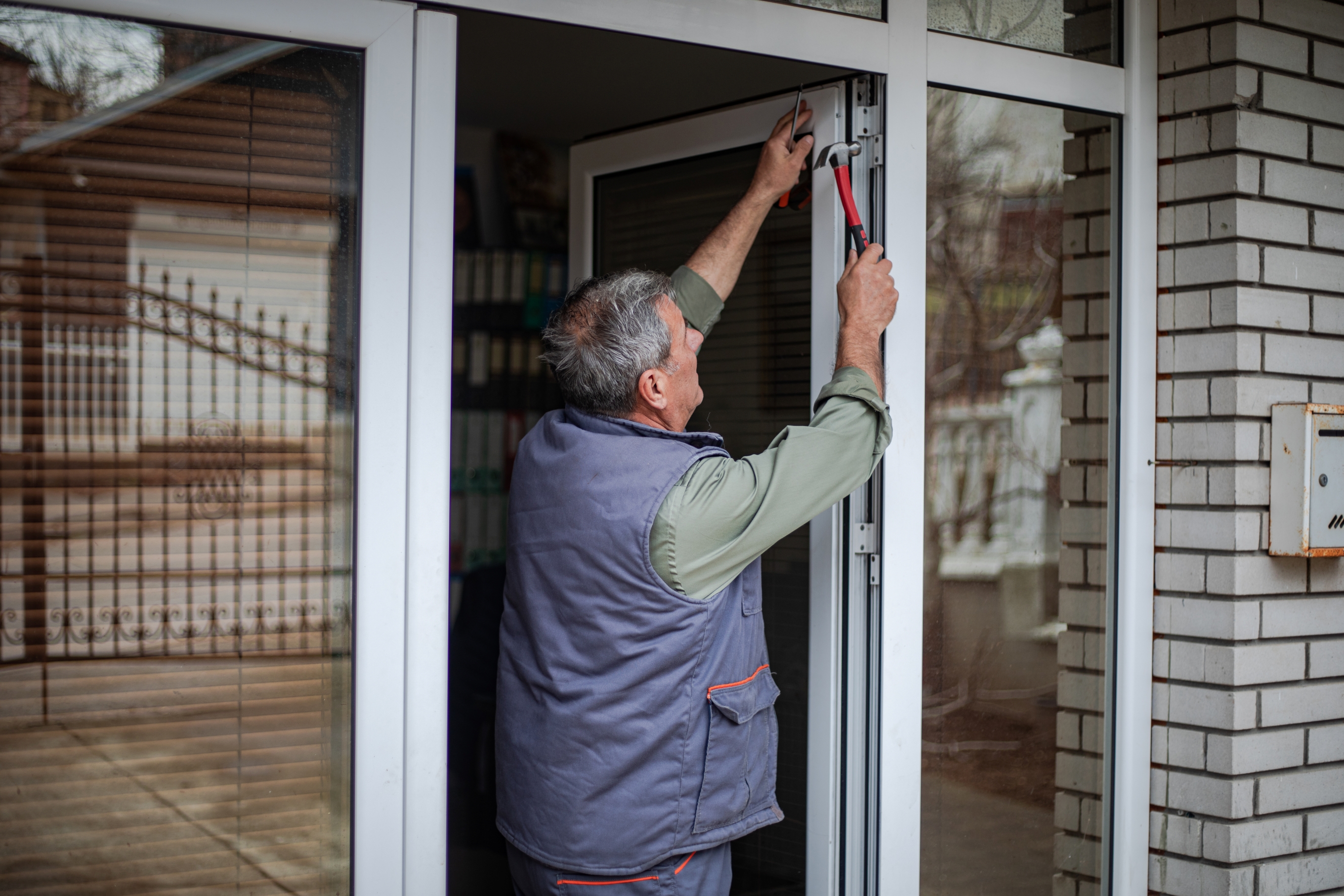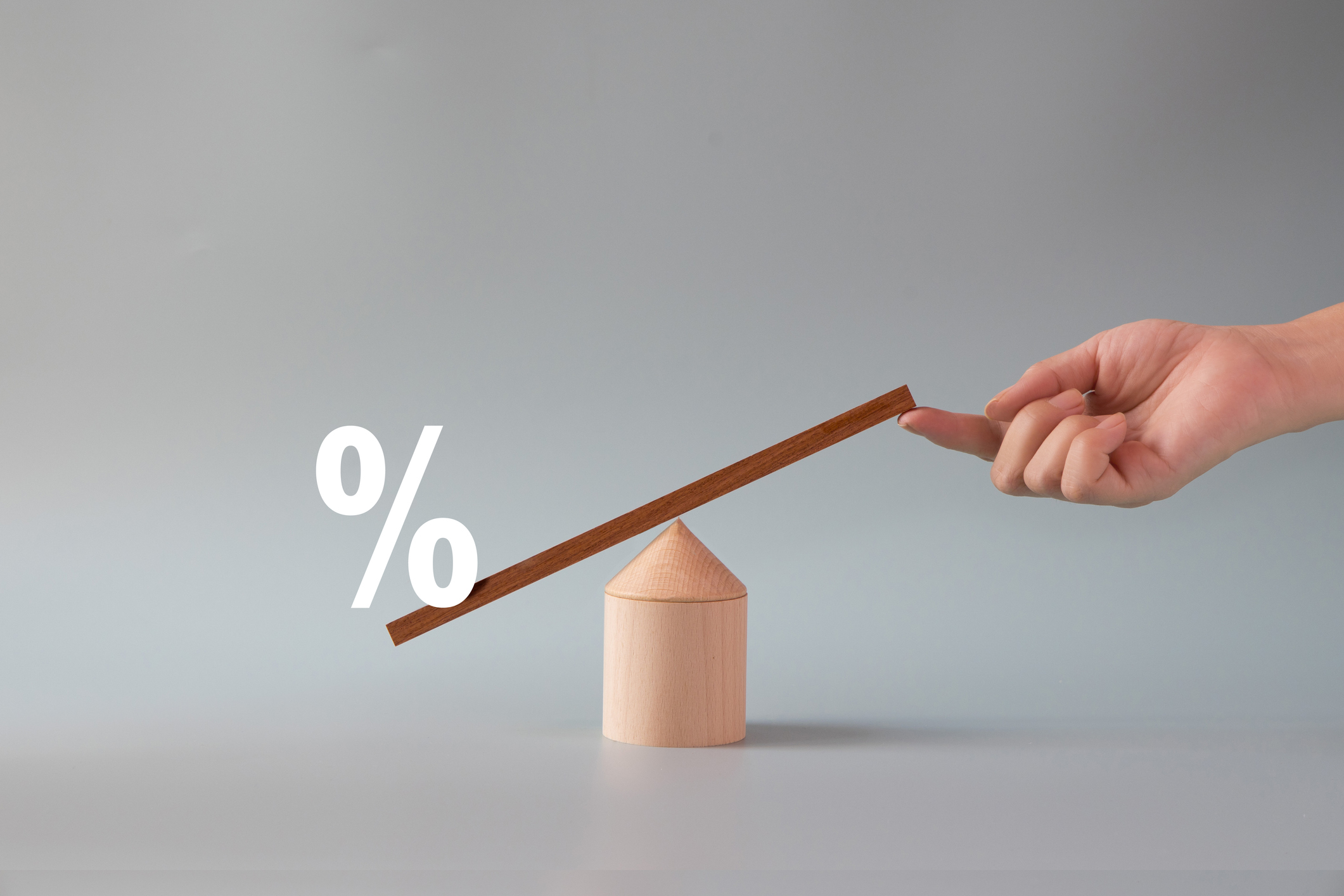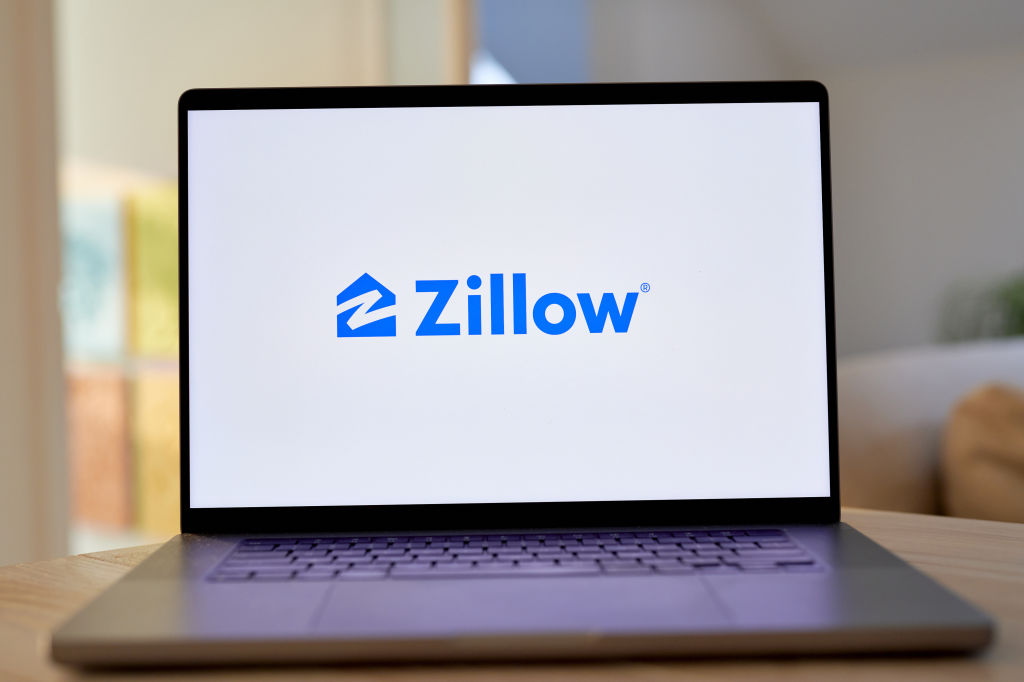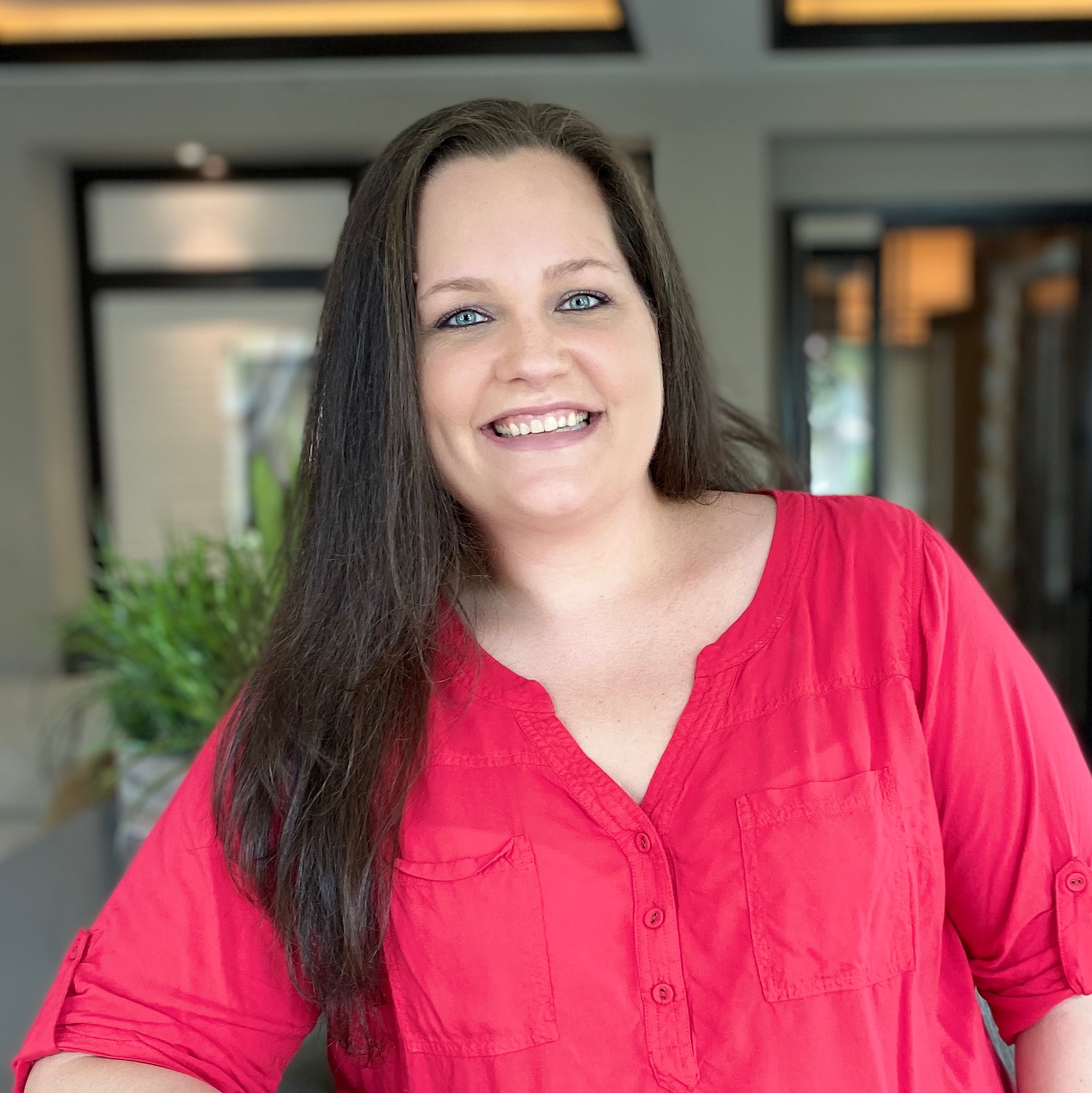Why Shark Tank’s Barbara Corcoran Is Selling Her $12 Million NYC Dream Home
Real estate mogul Barbara Corcoran is trading her luxurious NYC penthouse for a more age-friendly space that will fit her future lifestyle — here’s what to consider when planning for the long term.
When Barbara Corcoran bought her dream home in 2015, she didn’t just spend $10 million to own it — she invested at least another $2 million in renovations. Now, a decade later, she’s putting the home on the market for $12 million.
Corcoran, a star on the wildly popular investment show “Shark Tank,” is feeling the effects of aging. Now 76 — and her husband, Bill, 80 — are looking to downsize from their two-story luxury penthouse to a home that better suits their evolving needs.
Corcoran’s situation isn’t unique. According to a Merrill Lynch study, more than half of Americans aged 50 and older move into smaller homes after retirement. If you’re planning to age in place or find a home that better suits your current and future needs, here’s how to make the transition.
From just $107.88 $24.99 for Kiplinger Personal Finance
Become a smarter, better informed investor. Subscribe from just $107.88 $24.99, plus get up to 4 Special Issues

Sign up for Kiplinger’s Free Newsletters
Profit and prosper with the best of expert advice on investing, taxes, retirement, personal finance and more - straight to your e-mail.
Profit and prosper with the best of expert advice - straight to your e-mail.
Downsizing dilemmas: Why affordability and availability could make finding your next home tough
For many Americans, downsizing was always part of the retirement plan. After all, when your kids move out and you no longer need the larger space, you may want to find a more comfortable home with fewer square feet to maintain and make life easier.
Nowadays, pre-retirees and those approaching retirement aren’t putting as much emphasis on moving. Home prices are holding folks back not only from buying, but also from selling what they already have.
In the first quarter of 2025, the median sale price of a home was $416,000, according to the Federal Reserve. Ten years ago, when Corcoran bought her dream home, the median home sale price was $289,200.
The National Association of Home Builders says 57% of American households can’t afford a $300,000 home. Which could explain why more than one-third of retirees or pre-retirees aren’t moving or planning to move when they retire.
That means more people focus on aging in place and not moving to another home as they enter their golden years.
Thinking of selling your home? Don’t get caught off guard by the costs. From agent fees to repairs, in this article, we break down the expenses so you can plan ahead.
How to plan for a forever home right now
Whether you’re downsizing in retirement or staying put, it’s important to plan for your forever home. Buying a home in today’s market — whether it’s your first or fifth — requires long-term thinking. You might be choosing the place where you’ll spend the rest of your life.
If that’s your plan, be prepared to make some compromises now to accommodate your future needs. For instance:
- Ditch the stairs. Your 60-year-old self may not be able to get up and down the stairs like your 40-year-old self can. Consider single-story homes or properties with minimal steps to reduce the risk of falls.
- Upgrade essential systems. When touring a home, ask about the electrical panel. Has it been updated recently? Are there smart features like motion sensors, security systems or programmable thermostats? Integrating smart home technology now can make maintenance easier as you age.
- Installing safety features. Take note of rooms with poor lighting, unsecured paneling, or loose flooring. Can you add under-cabinet lighting in the kitchen or motion-sensor lights in your bedroom to make nighttime trips safer? Think about installing grab bars or adding seating in the bathroom for more stability.
For those already living in their dream home, think about making some of these improvements where you can to accommodate the future you in the same space.
When your dream home no longer fits: Exploring better options

If you’re living in your dream home like Corcoran was but aren’t sure it’s the best fit for the older version of you, think about moving into a more accommodating space.
For instance, move to another area closer to where you’d like to live when you retire. Say you live in Minnesota but would like to retire in Florida, consider moving earlier to explore the state before your golden years.
Also, consider downsizing or making compromises where you think it’s most necessary. This could be opting for a single-story home rather than a townhome or two-story house. Or it could be buying a smaller home than you originally wanted, but you know a larger home isn’t where you’d prefer to age in place.
Buying a home is a major decision, no matter your age or the economic climate. However, not everyone has the financial flexibility to purchase a home in their ideal location.
For many, buying a home means making significant sacrifices, and it’s not always feasible. If you want to plan for the long term, start right by making big decisions on where you live — or want to live — as you age.
Downsizing isn’t always best for everyone. For instance, the big changes in your life — from less traditional work to adult kids moving out of the home — can feel like a lot. Moving to a new home could feel like there are a lot of major changes happening at once, causing additional stress and anxiety during these transition periods.
For Barbara Corcoran, the realization that her dream home no longer suited her lifestyle prompted her to make a change. If you can picture your future self, think about the type of home that would best support aging in place. Consider how your decisions will affect your partner, family or anyone else who may live with you or provide care.
The bottom line
As Barbara’s story shows, even dream homes may not always be the best fit as we age. Whether you’re planning to downsize, relocate, or make your current home more age-friendly, thoughtful planning is key. Consider your future needs, your mobility, and the costs associated with moving or renovating. By making strategic decisions now, you can create a forever home that supports you for years to come.
Curious about current mortgage rates? Compare some of today's best mortgage products with the tool below, in partnership with Bankrate:
Related Content
Profit and prosper with the best of Kiplinger's advice on investing, taxes, retirement, personal finance and much more. Delivered daily. Enter your email in the box and click Sign Me Up.
Dori is an award-winning journalist with nearly two decades in digital media. Her work has been featured in the New York Times, Wall Street Journal, USA Today, Newsweek, TIME, Yahoo, CNET, and many more.
Dori is the President of Blossomers Media, Inc.
She’s extensively covered college affordability and other personal finance issues, including financial literacy, debt, jobs and careers, investing, fintech, retirement, financial therapy, and similar topics. With a strong journalistic background, she’s also worked in content marketing, SEO, affiliate marketing, content strategy, and other areas.
Dori graduated with a Bachelor’s degree in Multimedia Journalism from Florida Atlantic University. She previously served as the president of the Florida Chapter of the Society of Professional Journalists, where her chapter won the coveted “Chapter of the Year” award for two consecutive years.
-
 Dow Adds 646 Points, Hits New Highs: Stock Market Today
Dow Adds 646 Points, Hits New Highs: Stock Market TodayIt was "boom" for the Dow but "bust" for the Nasdaq following a December Fed meeting that was less hawkish than expected.
-
 5 Types of Gifts the IRS Won’t Tax: Even If They’re Big
5 Types of Gifts the IRS Won’t Tax: Even If They’re BigGift Tax Several categories of gifts don’t count toward annual gift tax limits. Here's what you need to know.
-
 The 'Scrooge' Strategy: How to Turn Your Old Junk Into a Tax Deduction
The 'Scrooge' Strategy: How to Turn Your Old Junk Into a Tax DeductionTax Deductions We break down the IRS rules for non-cash charitable contributions. Plus, here's a handy checklist before you donate to charity this year.
-
 11 Cities With the Cheapest Groceries in the US
11 Cities With the Cheapest Groceries in the USIf you live in one of these 11 cities, you're paying less than the rest of the country to keep your fridge stocked.
-
 Why Now is the 'Just Right' Time to Do Those Home Upgrades
Why Now is the 'Just Right' Time to Do Those Home UpgradesInterest rates are dropping and tax credits are expiring, creating a short opportunity to save on home upgrades.
-
 Where the Ultra-Rich Are Buying Real Estate Now
Where the Ultra-Rich Are Buying Real Estate NowWhy the ultra-rich are flocking to new corners of the world — and what their moves reveal about real estate hot spots.
-
 Design Your Second Home to Pay for Itself
Design Your Second Home to Pay for ItselfSmart interior design can transform your vacation home into an income-generating rental without sacrificing comfort or style.
-
 Falling Interest Rates: What They Mean for Homeowners, Savers and Investors
Falling Interest Rates: What They Mean for Homeowners, Savers and InvestorsAs interest rates fall, homeowners may celebrate while savers feel the pinch. Here’s what the change could mean for your money.
-
 Corn Sweat: Combatting the Hidden Effects of Humidity This Summer
Corn Sweat: Combatting the Hidden Effects of Humidity This SummerHow to keep your home cool when even the corn is sweating this summer.
-
 Florida Revives Popular Home-Hardening Program With $280M in New Funding
Florida Revives Popular Home-Hardening Program With $280M in New FundingA major infusion of state funds revives Florida's flagship home-hardening grant program to protect homeowners and potentially lower insurance costs.
-
 Will Your Home Still Appear on Zillow? New Rules Say Maybe Not
Will Your Home Still Appear on Zillow? New Rules Say Maybe NotZillow now requires that home listings be added to an MLS within one day of any public marketing. Here’s what home sellers and agents need to know about the updated rules.


